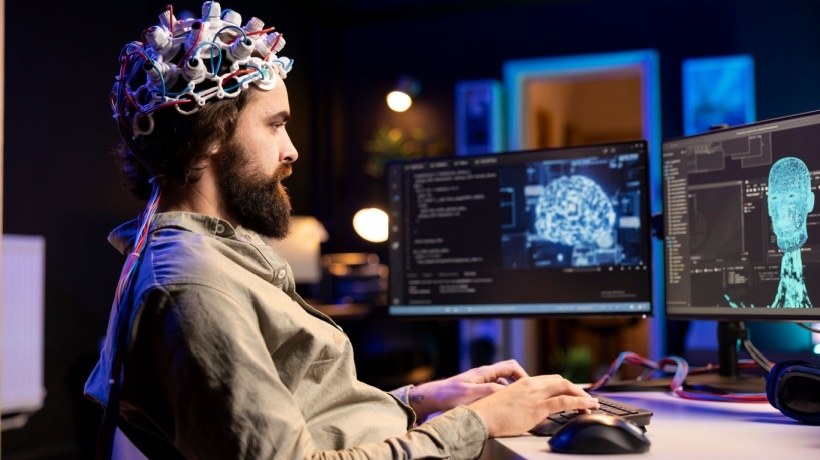
"Not long ago, the idea of computers understanding how students feel or think sounded like science fiction, but today, it is becoming a reality. This is called neuroadaptive learning, and it's basically a combination of education, neuroscience, and AI. This approach allows learning systems to adapt in real time based on what's happening in a student's brain, creating a personalized and responsive experience."
"So, what exactly is neuroadaptive learning? As we said, it's the perfect blend of neuroscience, AI, and educational technology, designed to create smarter learning environments that respond to the brain's signals. The ultimate goal of neuroadaptive learning is to make education more engaging, personalized, and effective by adjusting to how each student learns best. It's about recognizing that every brain works differently and giving learners what they need when they need it."
"Some early versions of these systems are already being tested in virtual classrooms and eLearning platforms, where they monitor engagement and fine-tune learning paths in real time. For instance, a student might have their lesson shortened when they show signs of fatigue. If this approach is more widely used, it can help teachers know exactly if what they're teaching is effective."
Neuroadaptive learning combines education, neuroscience, and AI to enable systems that adapt in real time to a student's brain signals. Brain-Computer Interfaces (BCIs) bridge the brain and digital systems to detect focus, fatigue, or overwhelm and adjust lessons instantly. Systems can personalize pacing, shorten lessons when students show fatigue, and fine-tune learning paths based on engagement metrics. Early implementations appear in virtual classrooms and eLearning platforms to monitor engagement and optimize instruction. The ultimate goal is more engaging, personalized, and effective education by recognizing individual brain differences and delivering interventions when learners need them. Non-invasive BCIs are the most common and practical option for educational settings.
Read at eLearning Industry
Unable to calculate read time
Collection
[
|
...
]